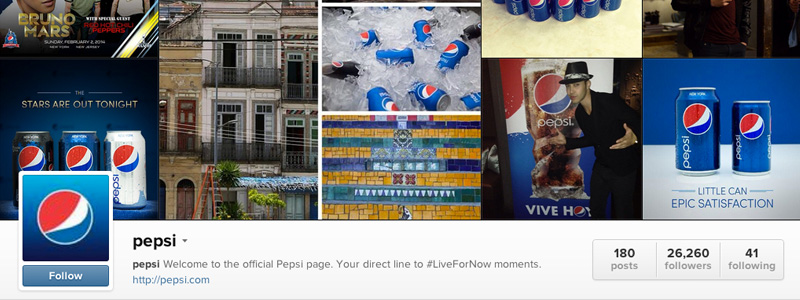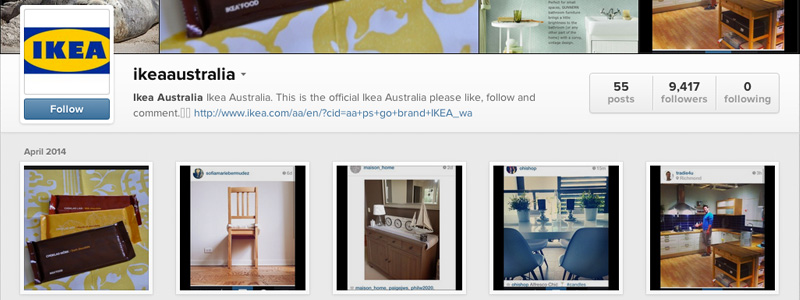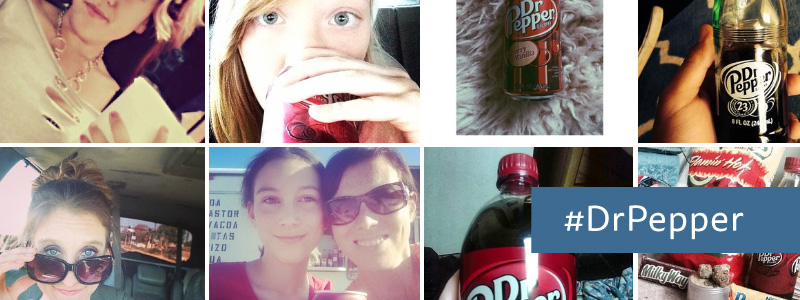BLOG
The Foolproof Guide to Instagram Marketing
Once thought to showcase the little details of daily life, Instagram has now become an incredibly effective marketing tool for brands. It’s important to understand that brands use Instagram differently from users. Unlike users who share shots of what they’re up to, brands would do better by Instagram advertising by posting content that not only represents the brand accurately, but is also able to garner enough engagement to increase brand awareness. If you’re looking to improve or upgrade the way you use Instagram for marketing purposes, heed the tips in this guide to Instagram marketing and see your brand’s followers and likes skyrocket!
Set Up a Stellar Account

Before you get any followers, you have to be able to set up your brand’s Instagram account in a way that can concisely show potential followers what your brand is all about. Your profile picture should be iconic, while representing your brand. It can be your logo or you can jazz it up by creating seasonal versions of your logo, the same way Google does with their logo on certain dates. By using your logo as your profile image, this would already reinforce brand awareness by showing something they’ll one day recognize on other forms of media.
The bio for your account should be about 200 characters: the perfect length to concisely express what makes your brand’s account interesting and relevant to potential followers. As Instagram also makes use of hashtag, you can include your hashtag in your bio in order to encourage your followers to use it whenever they share your content. In addition, you should also include a link to your official site to drive traffic, but make sure you link to a mobile friendly site since Instagram is primarily used on mobile devices.
Getting Started on Effective Instagram Advertising

Ensure that your content is centered around your brand and not on irrelevant yet promising content. By using brand-centric images, you can tell stories about your products or your brand. This allows users to see what your brand can offer. For instance, if your brand is centered on furniture, show the different types of furniture you have, along with the places where your furniture would fit into a user’s home.
Reactive storytelling entails using an event or an interesting idea to generate engagement from your audience. This gives the audience a chance to express their ideas about your post. The content can be centered on news relevant to your product or to popular internet memes that your audience may be familiar with. For example, brands that sell accessories can note that one of their products was featured in the cover of a magazine. Any posts that the audience can relate to and is relevant to your brand can be considered as reactive storytelling.

You can also give your audience a glimpse of what goes on behind the scenes with your brand. It shows the audience that the people who run your brand are people like them; they’re regular people that your audience can relate to. It gives a personal touch whenever a brand features hardworking or outstanding employees in their posts. It’s real, raw and authentic enough to generate a personal connection with your brand. You try showing images of your employees having fun, concentrating on minute details of their job or volunteering for a cause that the brand believes in.
Be True to Your Brand, but Be Interesting to Your Audience

Each post should be a good representation of what your brand has to offer. For instance, let’s say your brand is in the shoe industry. But instead of simply selling shoes, you want to be known as a retailer with a quirky yet fashionable side. By using images with models in whimsical and bizarre yet appealing clothes while wearing your shoes, you’re already reinforcing your brand’s image.
You can also generate an emotional bond with your audience by sharing stories of people who have used your products. You can encourage your audience to send in their most heartfelt experiences while using your product, and you can choose one post per week to feature on Instagram. For example, a breakfast cereal brand can ask their audience to send an image of a person they love having breakfast with, along with a description of their most interesting breakfast conversation.
Get Your Users to Help with Advertising

Users can create content that’s relevant to your brand. By encouraging this in your audience, you’re giving them a chance to feel like they’re part of your team. It encourages engagement, and it’s quite fun for your users as well. It reinforces the brand’s story by showing how your audience has followed your marketing strategy’s lead and created their own version of your posts. For instance, you can hold contests where your followers would create posts about how they use one of your signature products.
In addition to encouraging your audience to create posts, you can also encourage them to use relevant hashtags to make their posts more visible to the public. About four hashtags would be more than enough to be used with each post. Remember to keep your hashtags short, simple and relevant.
Since Instagram is primarily focused on sharing images that would matter to the audience, try using your call to action and suggested hashtags in the image itself. It makes the image look more put together, and saves users time from having to read through a lengthy description. A short and concise description right on the image works wonders! For instance, cosmetics brands often ask their audience to choose between two colors of the same product. If they like one product, they’re encouraged to like the image. If they prefer the other product, they’re encouraged to leave a comment. If they can’t decide or they have another shade in mind, they’re encouraged to share the image with a description of their preferred shade along with the suggested hashtags.











